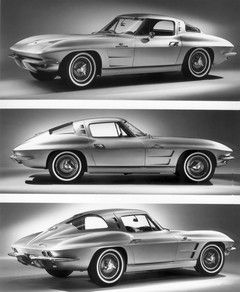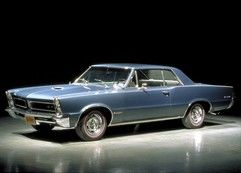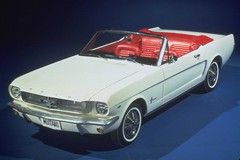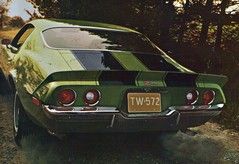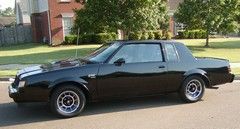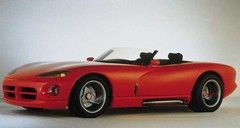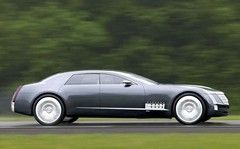The Auto Show We'd Pay To See
Bored by another dismal Detroit, we fire up the PH time machine...
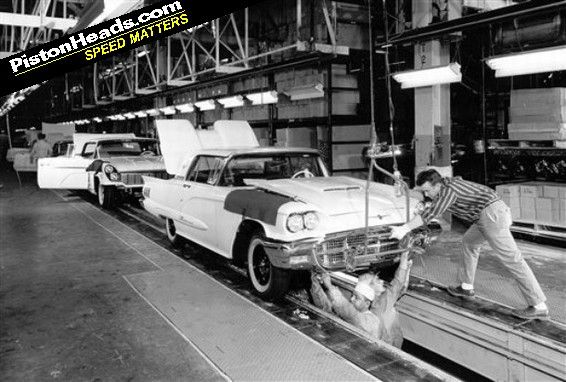
So we fired up the PH time machine, and despatched motoring scribe/bounty-hunter Richard Bremner to boldly scour the space time continuum and bring us back some trophies in the form of fabulous Detroit show debuts from yesteryear.
And here it is. Our fantasy 'all time best of Detroit Auto Show' report, stuffed with the finest American performance car launches to have graced an event that started all the way back in 1907...
|
Cord 812 - 1937 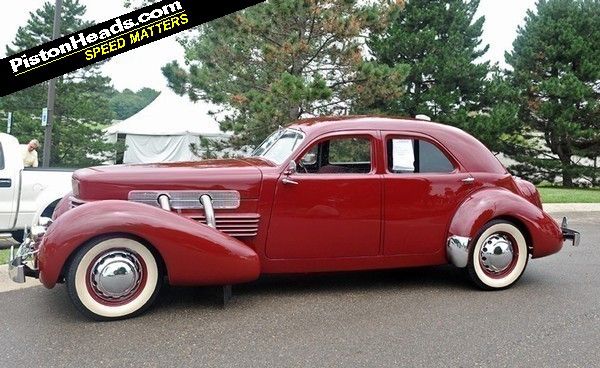 ***** |
|
Chrysler 300-C - 1957 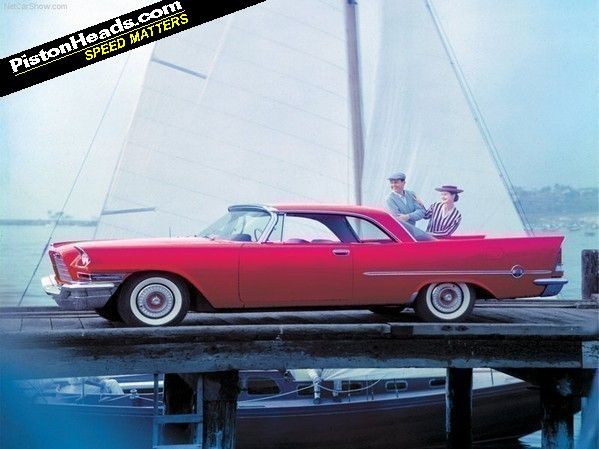 ***** |
|
Chevrolet Corvette Sting Ray - 1963 ***** |
|
Pontiac GTO - 1964 'RPO 382' wasn't just an option number on the 1964 Pontiac Tempest price list - it was a tick-box that started an American performance car revolution. Marking it cost $295, and saw that a 389cu in V8 would be installed in your 1964 Tempest, though that nameplate was nowhere to be seen, usurped by GTO badges. The GTO also came with stiffened suspension, a four-barrel carb, a hotter cam, a Hurst shifter, redline tyres, a pair of dummy air scoops on the bonnet - and 325bhp, which was enough power to scare its driver stupid. And so began the muscle car era, kicked off by a now-dead Pontiac. ***** |
|
Ford Mustang - 1965 By the time the Mustang made its first appearance at the Detroit show it had already been on sale nine months and found 126,000 buyers. Ford was rushing to boost production for the car that still holds the record as the fastest-selling model of all time - during the 1965 model year, the company sold a staggering 559,451 examples. The Mustang's allure was almost entirely about styling, the original notchback and convertible amounting to little more than an inspired rebodying of the duller-than-dusting Ford Falcon. But performance was part of the appeal too, and if the base six cylinder engine offered no more than 101bhp, the famous K code 289 cu in V8 provided 271bhp. And on Mustang brakes, that was enough to give everyone a thrill. ***** |
|
Chevrolet Camaro Z28 - 1971 ***** |
|
1987 Buick Regal Grand National Lesser Regals, with their padded half-vinyl roofs and fake wire wheel covers it's easy to imagine crashing into shopping trolleys at the mall, piloted by bewildered octogenarians. But the Grand National, built to celebrate Buick's 1981 and '82 Manufacturers' Cup NASCAR wins, was about performance. Or was eventually; the first '82 editions issued a feeble 125bhp from their 4.1-litre V6s, although a few were turbocharged to 175bhp. But by 1986 the GN could be had with 245bhp, and 1987 saw the ultimate version, modified for Buick by our very own McLaren. Though quoted at 276bhp it actually produced more horses, and 360lb ft of torque that was guaranteed to make mess of your rear rubber. ***** |
|
Oldsmobile Aerotech Quad-4 - 1987 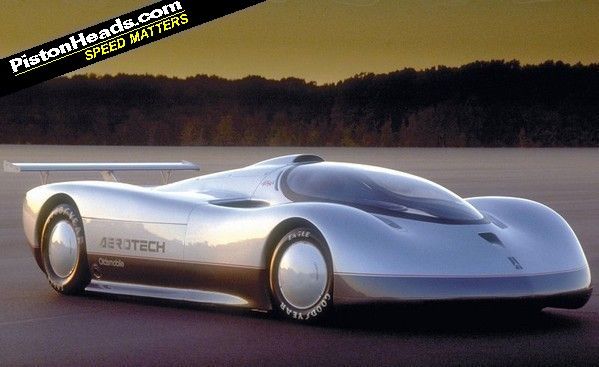 ***** |
|
Dodge Viper R/T 10 Concept - 1989 By far the most exciting concept at the '89 Detroit show was the Dodge Viper R/T 10, built in part to distract cruel journalists from the full horror of the cars Dodge and Chrysler were actually selling, most of which had the sex appeal of long-johns. Chrysler president Bob Lutz described it as 'our idea of a modern-age Cobra.' It used a 400bhp V10 truck engine, a tubular chassis and composite body panels and, quipped Lutz, came with then-fashionable four-wheel steering - 'but you must steer the rear wheels with your right foot.' Lutz hinted at production, and Vipers were duly delivered to showrooms from 1992, complete with cheapo interiors, canvas roofs that blew off at speed - and masses of V10 grunt. ***** |
|
Cadillac Sixteen - 2003 Long-bonneted and elegant in a way that Cadillacs hadn't been for decades, the 13.6-litre, 1000bhp, Sixteen was a 2003 concept intended to signal Cadillac's return to the automobile world's upper echelons. Sadly we're still waiting for a Cadillac to rival a Rolls-Royce, but the Sixteen at least proved that General Motors had rediscovered the art of designing bold cars of good taste. The huge bonnet housed the V16 implied by its name, it rode on 24-inch wheels and featured fashionable rear-hinged back doors. Pillarless side windows - just the job for a glamorous drive-by shooting - an exquisitely trimmed, hand-finished interior and an engine that looked like it could have been engineered by Bugatti made one of the most impressive American concept cars for years. ***** |
|
Corvette ZR1 - 2009 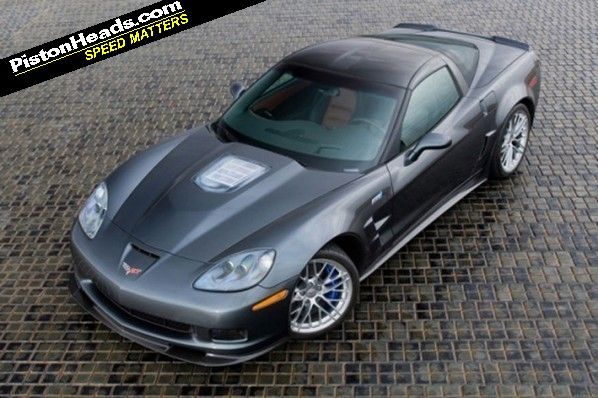 ***** |
Words and research by Richard Bremner
However i think you might have made a few typos?
"It used a 30bhp V10 truck engine"?
"Vipers were duly delivered to showrooms from 1982"?
In the meantime...

They might be not yard stick for production processes but they are ALWAYS good for some serious "kick-ass design"!
Dare to be different. - I love it.
They might be not yard stick for production processes but they are ALWAYS good for some serious "kick-ass design"!
Dare to be different. - I love it.
I certainly miss not having one.
Although the fact the 810 is front-wheel-drive is touched upon, its predecessor, the L-29 is significant for being the first American front-wheel-drive car and was even used as the pace-setting car for the Indy 500 of that year.


I was always amazed by its looks at the time, that and the back opened to show off the engine!
Although the fact the 810 is front-wheel-drive is touched upon, its predecessor, the L-29 is significant for being the first American front-wheel-drive car and was even used as the pace-setting car for the Indy 500 of that year.
American brands like Packard, Franklin, Cord, and Pierce Arrow all made cars that at least rivaled Rolls-Royce in the 1920s-'30s, while others such as DuPont and Duesenberg make Rollers of the time look like toys!
A shame, there was a time when America had over 100 brands, but now we're down to pretty much only one true, independent American brand (Ford), one owned by the government, one owned by the Italians, and a couple upstarts like Fisker and Tesla.
The great brands not killed by the Depression (only a few), died in the '50s (Studebaker/Packard, Kaiser, Crosley, Nash).


American brands like Packard, Franklin, Cord, and Pierce Arrow all made cars that at least rivaled Rolls-Royce in the 1920s-'30s, while others such as DuPont and Duesenberg make Rollers of the time look like toys!
A shame, there was a time when America had over 100 brands, but now we're down to pretty much only one true, independent American brand (Ford), one owned by the government, one owned by the Italians, and a couple upstarts like Fisker and Tesla.
The great brands not killed by the Depression (only a few), died in the '50s (Studebaker/Packard, Kaiser, Crosley, Nash).
I would kill just to see a Dusenberg SJ up close; I suspect I need to save up for a trip to Pebble Peach!
Gassing Station | General Gassing | Top of Page | What's New | My Stuff


